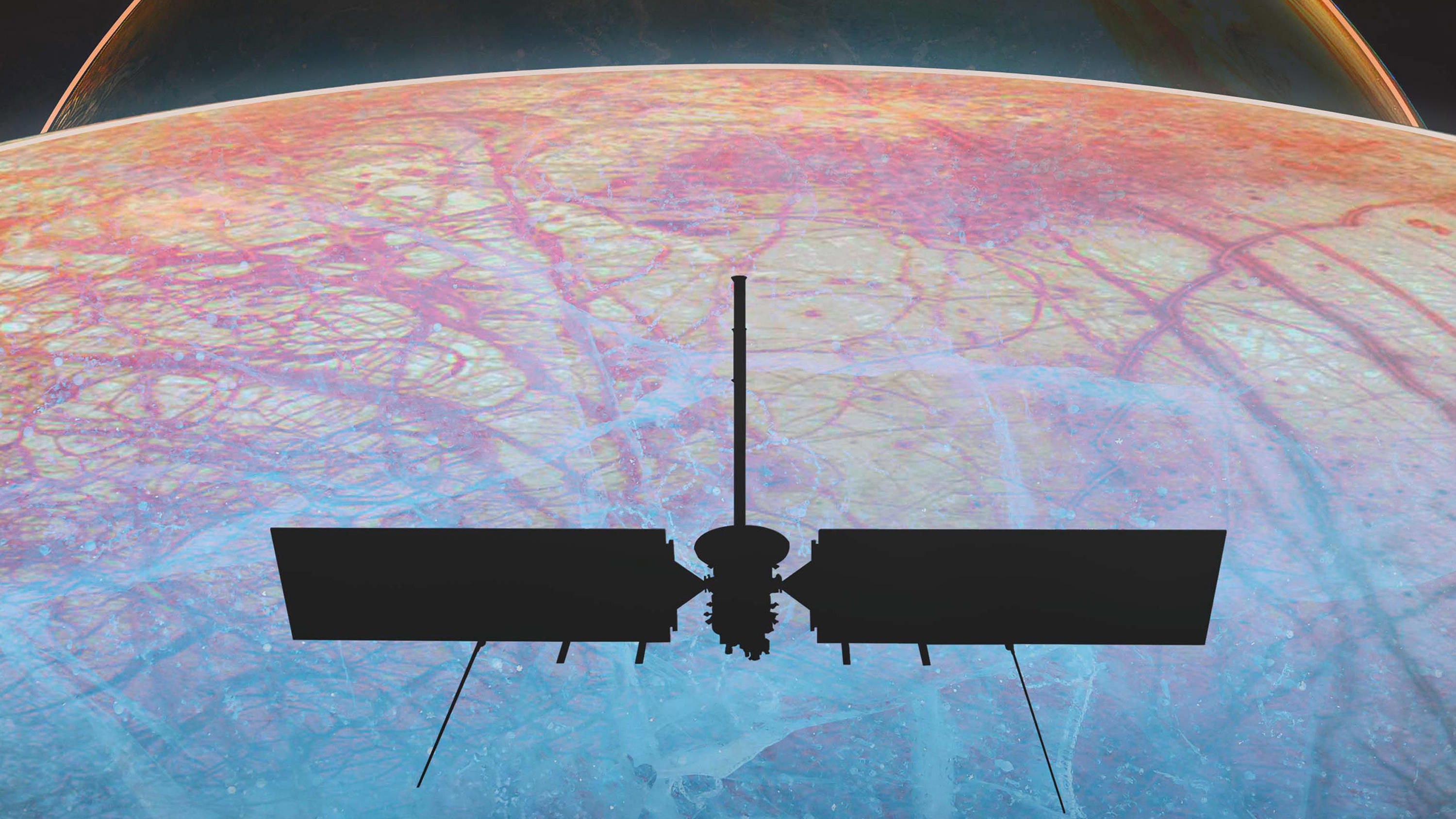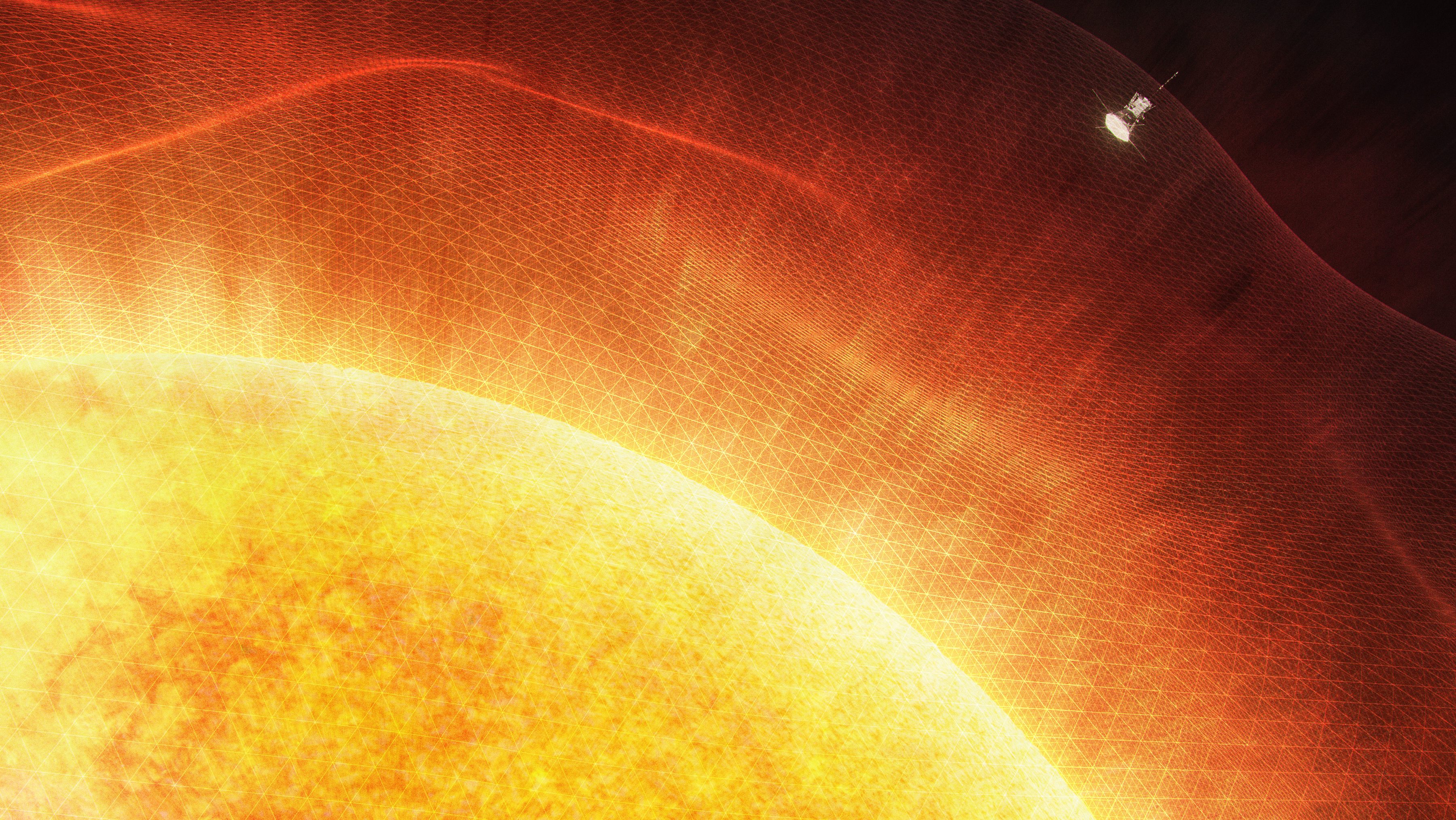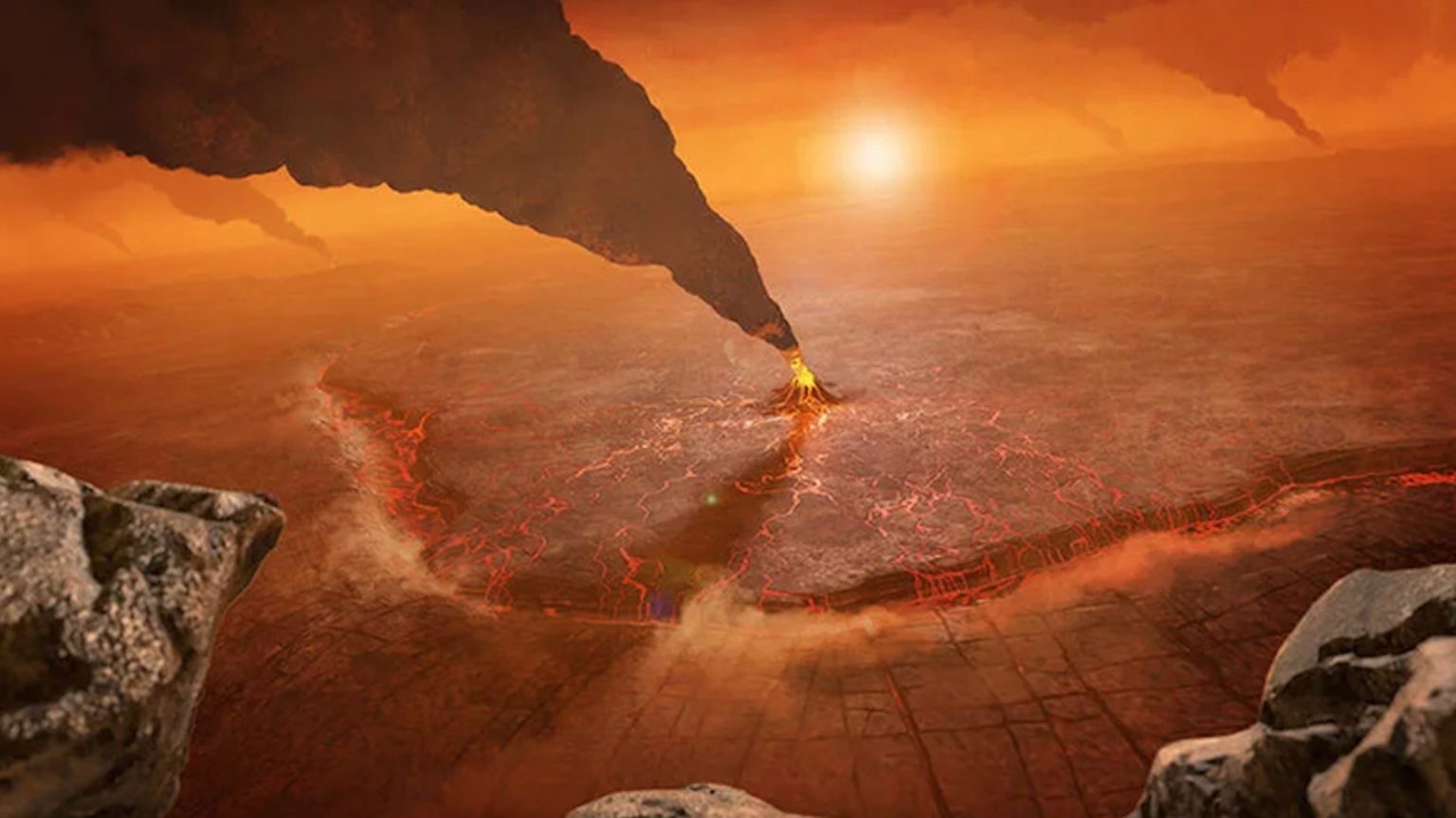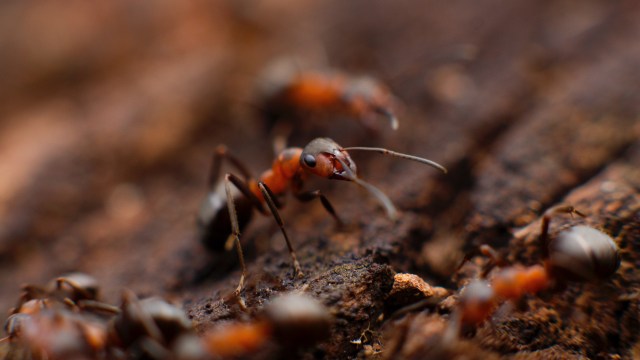NASA releases close-up images of Ultima Thule, farthest object ever probed
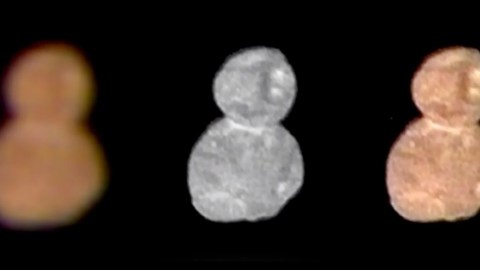
NASA
- Ultima Thule, officially known as (486958) 2014 MU69, is a space rock located in the Kuiper belt outside of our solar system.
- NASA’s New Horizons probe flew past Ultima Thule on New Year’s Day, snapping hundreds of photos in the process.
- The data gathered by the probe will hopefully help scientists better understand how planets form.
In the early hours of New Year’s Day, NASA’s New Horizons spacecraft flew by a mountain-sized world outside of our solar system called Ultima Thule and snapped hundreds of photos. At 4 billion miles away from Earth, it marks the farthest object ever explored by humans. That is, through the use of a probe.
For the approximately 2,500 scientists who’d worked on the project for years, it was a historic and somewhat mind-boggling success.
“What is striking home with me is that we can build a spacecraft on Earth, and we send it out billions of miles away from Earth, and it sends us back all this wonderful data that we get to look at and learn more about our world, our solar system,” Alice Bowman, the New Horizons mission operations manager, said during a press conference on Tuesday.
Now, scientists are beginning to receive the historical images taken by the nuclear-powered probe, and it turns out that the 20-mile-wide Ultima Thule, which means “beyond the known world,” looks remarkably similar to a snowman.

NASA
Formally known as (486958) 2014 MU69, Ultima Thule is a space rock spinning outside of our solar system in a region called the Kuiper belt, about 1 billion miles beyond Pluto, which New Horizons flew past in 2015.

NASA
On Tuesday, New Horizons came within 2,200 miles of Ultima Thule at speeds of around 32,200 miles per hour, snapping hundreds of photos during the flyby. The photos reveal that Ultima Thule is likely a contact binary, or “two completely separate objects now joined together,” hence its snowman shape.
NASA provided a graphic showing how the space rock likely formed.
Still, no one was quite sure what Ultimate Thule looked like until this week, and it’s likely that scientists will learn more about the object as they continue to receive photos from the probe.

NASA
“We can definitely say Ultima Thule is red,” Carly Howett, a co-investigator of the New Horizons mission, said during a press briefing.
Seeing Ultima Thule up close will hopefully give scientists a better understanding of how planets form.
“New Horizons is like a time machine, taking us back to the birth of the solar system,” scientist Jeff Moore of NASA’s Ames Research Center said during a press briefing. “We are seeing a physical representation of the beginning of planetary formation, frozen in time. Studying Ultima Thule is helping us understand how planets form — both those in our own solar system and those orbiting other stars in our galaxy.”

NASA
NASA planetary scientists Dr. Alan Stern put it another way to Business Insider:
“Ultima is the first thing we’ve been to that is not big enough to have a geological engine like a planet, and also something that’s never been warmed greatly by the sun,” Stern said. “It’s like a time capsule from 4.5 billion years ago. That’s what makes it so special.”
Stern also compared the object to a planetary embryo:
“In that sense, it’s like a paleontologist finding the fossilized embryo of a dinosaur,” he said. “It has a very special value.”
In an op-ed for the New York Times, Stern noted that the achievement comes exactly 50 years after Apollo 8 launched humans to the moon.
“As you celebrate New Year’s Day, cast an eye upward and think for a moment about the amazing things our country and our species can do when we set our minds to it. And picture for a moment that American spacecraft, New Horizons, billions of miles from home, exploring, as Apollo did, for all humankind.”


